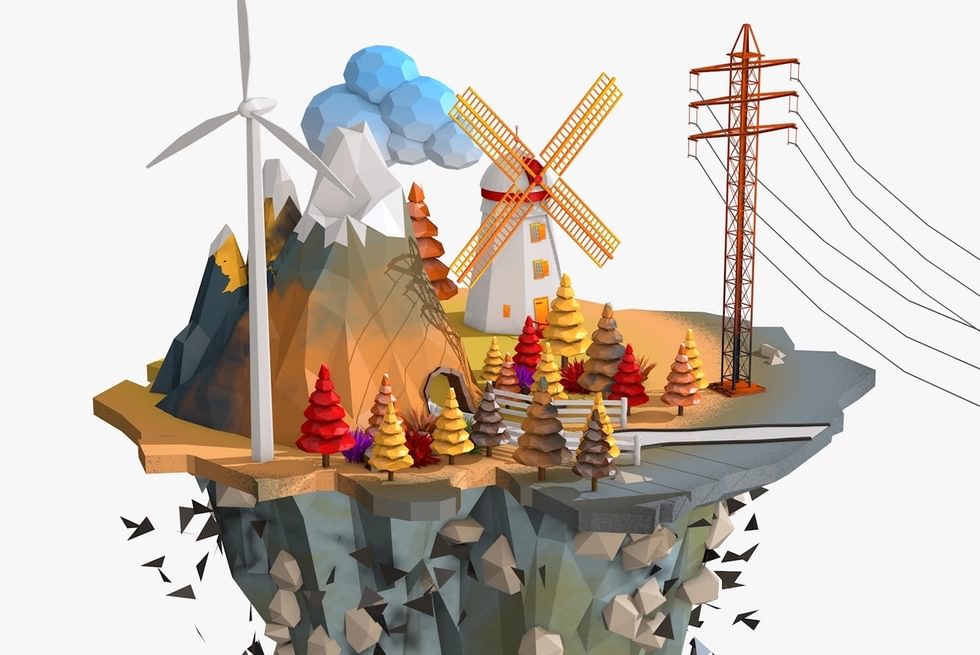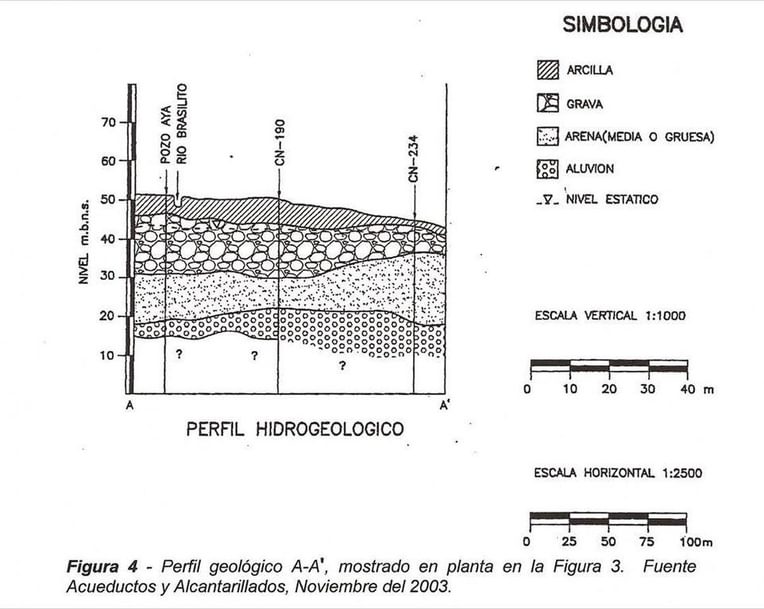Spongiform
From the Series: Speaking Volumes
From the Series: Speaking Volumes

The growing recognition that water is a fundamental substance sustaining all forms of life has turned the eyes of many passersby downward, to the subsurface. Those passersby used to stroll through arcades, naturecultures, and techno-utopias looking at the horizon, sometimes even looking up to find frescoes, glass ceilings, clouds, and skies. I was one of those passersby, seldom stopping to look downward, rarely wondering what was below my feet. That changed when I began researching the reinvention of subterranean hydrolithic formations, or aquifers, in Costa Rica. All of a sudden, subsurface architectures and their flows demanded a shift in my attention. My sense of the underground shifted from familiar stratigraphies to spongelike arrangements. I had to relearn subterranean architectures, their movements, and their gravitational tricks.
Contrary to the popular imagination, aquifers are not underground tanks. Their form is more playful and irregular. My shift from passerby to onlooker entailed leaving tanks behind and embracing sponges. In 2009, a longstanding water conflict between residents, corporations, and a public utility in Costa Rica’s northwest coastal region finally exploded (Ballestero, forthcoming). The struggle included multiple legal actions that were funneled into one issue: the absence of an accurate conceptual model of the aquifer. But, what does it mean to model an aquifer conceptually? What kind of volumetric adjustments are necessary? How do those adjustments destabilize borders and boundaries?

We commonly think about aquifers in relation to stratigraphy and the geological structure of the region where they sit. One of the reports filed in the court cases I studied did exactly that. This report included an image, reproduced above, that placed the aquifer in its geological context. The image shows the subsurface as a series of layers differentiated by dots, lines, and circles of different sizes representing the textures of solid materials in the aquifer. Two things intrigued me about this image.
First, it is striking how the juxtaposition of solid texture and water that the image presents plays a cognitive trick on us. The image has no self-evident figure or ground. Water and rock, structure and movement, struggle for our attention with similar vigor. If, in your mind, you focus on rock, the texture of the geological layers—represented by lines, dots, and circles—comes forward as a figure to a ground constituted by water. Solid structures are figures, water is ground.
But here is the tricky part. Now focus your mind on water; look at the image and privilege the water itself. Think about these layers as saturated structures. When you focus on the water, the texture of the rock and the density of the dots, lines, and circles recede. The solid structure becomes ground to water; water becomes the figure that comes forward. As we try to see the aquifer conceptually, as the courts demanded, this image alternates between figure and ground, inverting them seamlessly in a way that need not lose the aquifer itself. This oscillation reminds us that when we think about aquifers volumetrically, our conceptual habit of settling on a figure gets interrupted. What counts as figure and what counts as ground is no longer stable.
The second thing about this image that captured my attention was how, as a hydrolithic entity, the aquifer rests on an unknown base. The question marks in the lowest layer of the drawing announce our lack of knowledge about what underpins or upholds the aquifer. We wonder about the existence of its lower border. The question marks indicate the conceptual excess and material liveliness of the aquifer—its excess as a formation that cannot be bounded, and its liveliness as a formation that requires ongoing elucidation.

Fernando, a hydrogeologist who works for a state agency and is my mentor on all things hydrogeological, explained the conceptual model of the aquifer differently. He noted that young volcanic rocks, which comprise most of Costa Rica’s subsurface, are highly permeable. Thus, it is more accurate to imagine subterranean water by visualizing sponges. Sponges? Yes, sponges, he assured me. This seemed an incredible poetic license. For a moment, I was unsure as to whether he was pulling my leg. But in time I came to see how sponges are poetic and scientific resources. They are cherished models for hydrogeologists, who often invoke them to help neophytes learn the subsurface volumetrically.
Sponges are dynamic entities: they suck liquids in and ooze their excess toward their surroundings, constantly expanding and contracting. They can be soft when moist and sharp when desiccated. In a spongy aquifer water occupies variegated openings; it migrates, stepping in where space becomes available, colonizing nooks, flowing into more open locations, saturating small particles, pushing its way between sand grains. But water is also pushed away (up, down, or laterally) by new molecules, held at bay by impermeable walls, shot out into the surface through springs or “water eyes,” as they are known in Costa Rica. From Fernando I learned that thinking aquifers as sponges requires thinking about multidirectional movement, perceptible and imperceptible flows, volumetric borders, suction and seepage.
Aquifers interrupt many of our sense-making habits, as they require that we recalibrate our analytic and political vocabularies to oscillating figures and grounds, to unusual volumes and their dynamics. Their excesses, cognitive tricks, and sometimes imperceptible flows constitute a lively spongy world beneath our feet. Looking downward opens worlds, precluding any reduction of the subsurface to a tank. This conceptual challenge is at the core of dramatic struggles over what counts as water sovereignty, who counts as a water protector, who counts as a water user, and what a right to water consists of. Let us look downward, sense the volumetric politics of the subsurface, think conceptually with sponges, and exercise new figurations to answer those questions.
Ballestero, Andrea. Forthcoming. “Underground as Infrastructure? Figure/Ground Reversals and Dissolution in Sardinal.” In Infrastructure, Environment, and Life in the Anthropocene, edited by Kregg Hetherington. Durham, N.C.: Duke University Press.